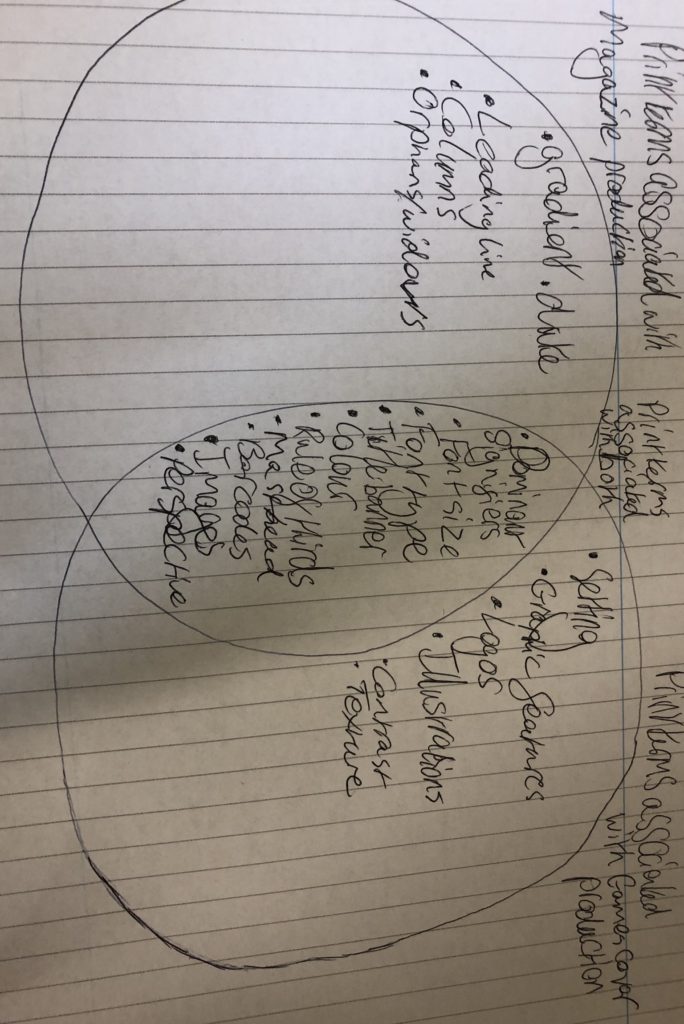
Venn diagram -task 1



• Positive and negative stereotypes – Positive stereotypes are stereotypes that show off something good about a person. Negative stereotypes are stereotypes that show of something bad about a person.
• Counter-types – Stereotypical character that acts against the dominant ideology of a stereotype
• Misrepresentation – When a certain group is presented in the wrong way
• Selective representation – Some groups of people are represented more than other groups
• Dominant ideology – The main idea/concept that is most widely believed by a large amount of people
• Constructed reality – Media presents things in a way that you believe is normal and the right way to be
• Hegemony – Leadership or dominance of a particular group over others
• Audience positioning – Media influences the position the audience is put into, in terms of the media form
• Positive and negative stereotypes = Positive stereotypes give a good representation of a thing or person, where negative stereotypes give a bad representation
• Counter-types = challenges the dominant ideology
• Misrepresentation = this is the act of giving something a false or misleading representation of something. It puts an idea into the audiences head which is wrong.
• Selective representation = this is when one group of people or things are represented more than others in order to get a message across and put an idea into peoples heads
• Dominant ideology = this is the main most common idea of what is good
• Constructed reality = this is the idea that we present ourselves to others in certain ways because of the media and what we are exposed to from that
• Hegemony = this is the leadership or dominance by one group over others. The group who come up with the ideas and create the final product.
• Audience positioning = this is the way in which a camera or view is placed so that the audience will feel a certain way. for example if a camera is looking down at people, it makes the audience feel superior
• Fluidity of identity = there is not a fixed conception of an identity so there is fluidity for how it is presented.
• Constructed identity = when an identity is built in a way to persuade or influence the consumer to see things their way.
• Negotiated identity = when the way identity is represented, is negotiated into an agreement which is everyone’s ideal.
• Collective identity = the identity of a whole group, rather than an individual / the way a group or ‘collective’ is seen or perceived .
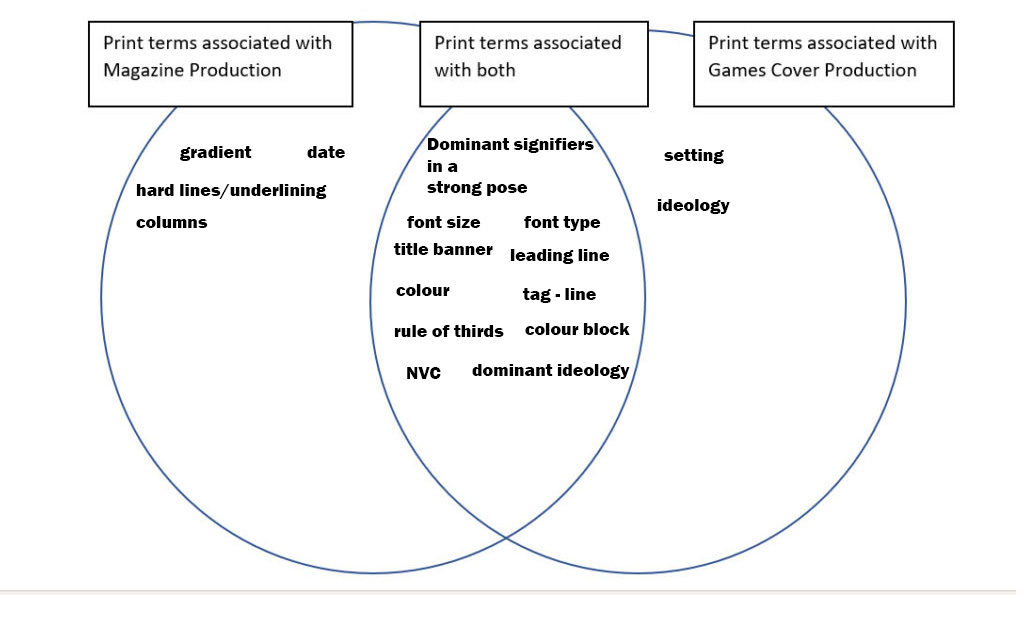
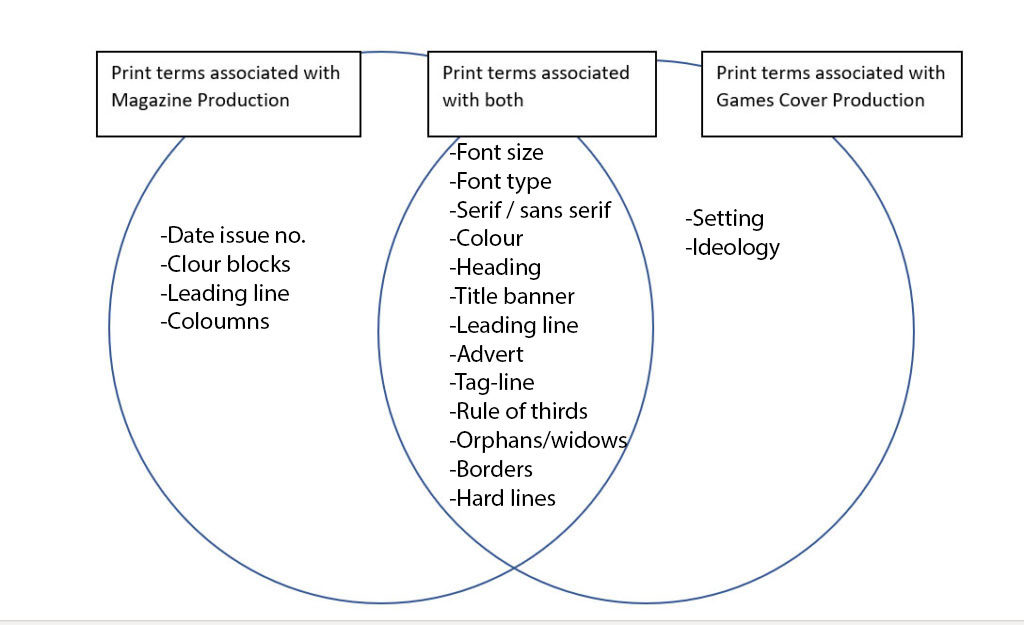
The theme of my magazine cover is predominantly darker colours to refer to a horror game which is called ‘The Revenant’. Colour grading is used in the horror genre to set the mood or for symbolisation. This gives off a chilling effect to enlighten the reader on what genre it is instantly.
The target audience for the magazine are the ages of 12-15 as towards that age range kids are hooked on the latest gaming news and information. Children this age are keen to know all the gossip and facts within the gaming industry, hence why this is the age is the specific target audience.
My title for the magazine is World of Gaming. I chose to use this title because I thought it would entice the reader and attract them into reading it. The noun ‘world’ addresses the topic of gaming to everyone giving them an idea of what gaming is really like. Also, I decided to use this title to base it off the popular magzine ‘PC Gamer’ to attract similar groups of people that read that magazine. The title itself is in a bold font ‘Showcard Gothic’ and the colour used is orange. This bright, exotic colour will instantly stand out and attract attention.
Finally, the main character, that fills the whole front cover, is suggested to be a designer of the game ‘The Revenant’. He is the iconic symbol within the magazine as he is the main character.
Write up a 750 word formal essay (ie beginning, main body and conclusion) that compares the representation of gender in both Mens Health and Tomb raider (draw on all of the pages and not just the front cover). Use key language and specifically show your knowledge of: 1. SEMIOTICS, 2. PRINT LANGUAGE, 3. REPRESENTATION & 4. AUDIENCE THEORY.
GUIDANCE: Compare the specific choices that have been made in the representation of gender in the two products. In your answer, you must consider:
DUE 30th OCT 9AM
Plan:
My Essay Draft
Men’s Health and Tomb Raider are two sources of media that represent gender very differently. Men’s Health has a target audience of males who are into fitness, however, Tomb Raider is aimed at males, even though the conventions of a male orientated video game are broken by using a female as the protagonist. What is similar about these media sources is that they are both aimed at a target audience of young adult men, as Men’s Health only consists of images of men and Tomb Raider has a central image of a beautiful young girl, which attracts males, the target audience, to play the game.
“Men’s Health” and “Tomb Raider” represent gender very differently. Men’s Health follows the dominant ideology of males and follows the gender stereotype of males being muscular and regularly attending the gym, thus being represented as quite reactionary. However, the cover of Tomb Raider is represented as radical as the main image of Lara Croft goes against the dominant ideology of females, as shown by Lara Croft holding a gun, going against the gender stereotype of women being caring. On the Tomb Raider cover, Lara Croft’s features has been designed to show off her large bottom and hourglass body shape by positioning her sideways on, while the man on the cover of Men’s Health is standing in a pose to make him appear to be quite tough and to show off his defined muscles, thus making the central image of Men’s Health appear reactionary.
The Men’s Health magazine cover uses lots of blue and blacks, as they are colours stereotypically associated with males, however, the Tomb Raider game cover goes against the gender stereotype of females, as the cover uses oranges, blacks and greens, colours that associate with fire and adventure, which goes against the ideology of females. The mis-en-scene of the Men’s Health magazine follows the dominant ideology of males, as signified by the image of the interviewee running, which fits in with the ideology of the magazine as it is based around sports. However, the mis-en-scene used on the game cover of Tomb Raider goes against the dominant ideology of females because Lara Croft is holding a gun in front of a ring of fire, which presents her as radical, rather than reactionary. The settings of both the media sources counteract against each other because Men’s Health uses a very soft background against their images, which could be misinterpreted and seem as if males are being represented as quite feminine. Alternatively, Tomb Raider does the opposite of Men’s Health, by representing females as quite masculine and against the dominant ideology of females, as suggested by putting the central image against a dark colour and fire, which typically signify danger, thus identifying that Lara Croft goes against the regime of females.
To conclude, Men’s Health and Tomb Raider contrast in the representation of gender. This is shown by the mis-en-scene of both the central image of the products, which is reactionary as they follow the dominant ideology of what females and men aim to look like. The coloring of the media sources also represent gender very differently as Men’s Health uses colours that are stereo-typically associated with females; however, Tomb Raider goes against this by using colours associated with danger, thus going against the dominant ideology of females. The setting of the media sources also represent gender very differently, as Men’s Health uses a soft background, which is a bit misleading as it could appear quite feminine. Whereas, Lara Croft on the Tomb Raider game cover uses fire and an Egyptian style background, which also misrepresents females as it could appear quite masculine, which then presents Lara Croft as being quite masculine and a figure who goes against the dominant ideology of females in media.


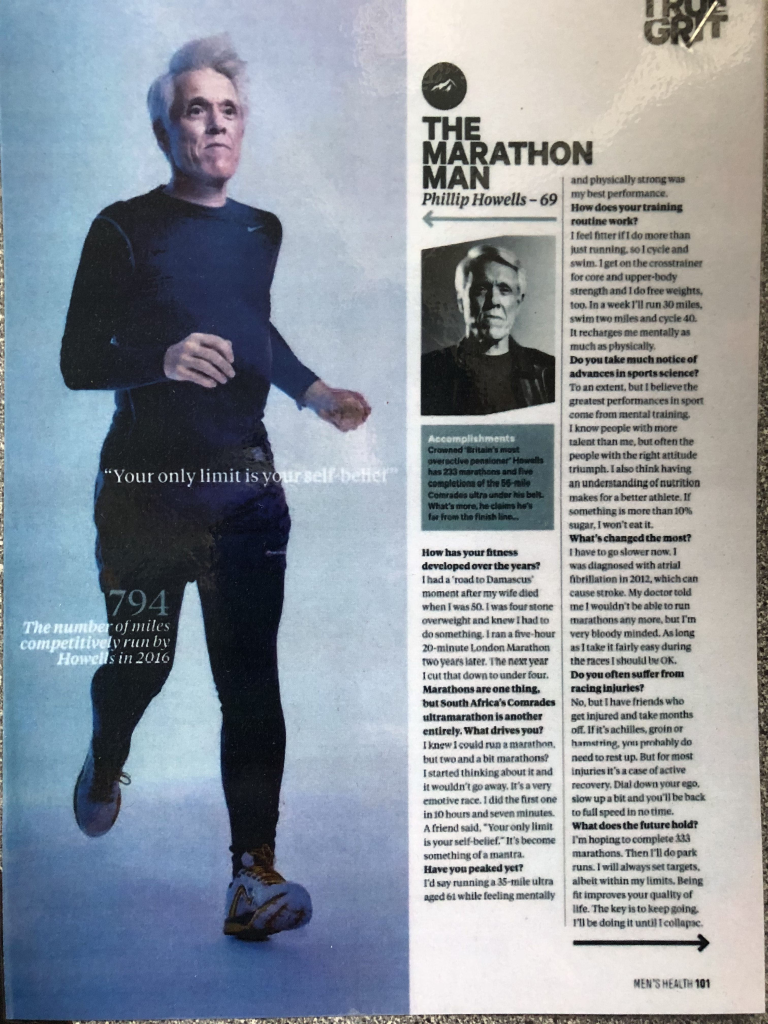
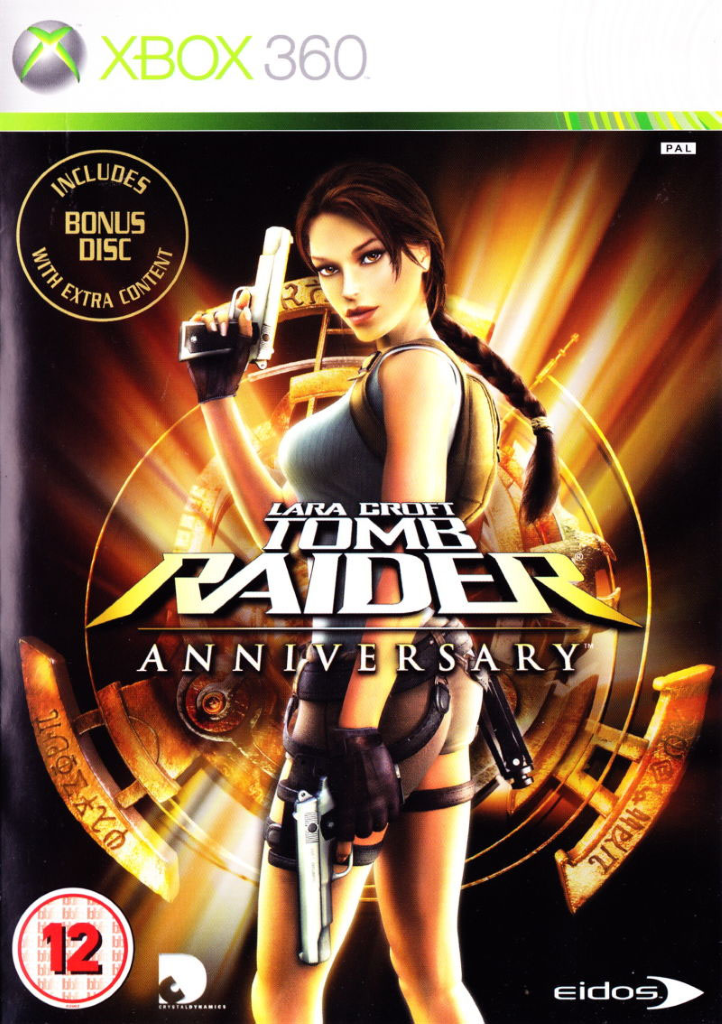
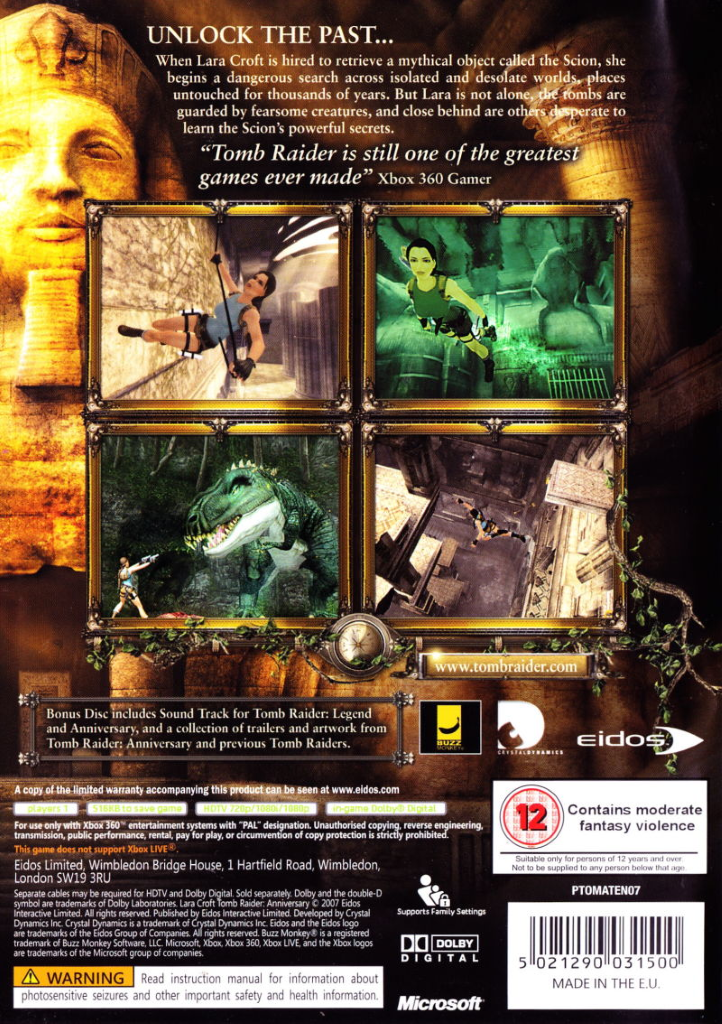
• Positive + negative stereotypes – A subjectively favourable belief held about a social group. Negative stereotypes are traits and characteristics, negatively attributed to a social group and to its individual members.
• Counter-types – a positive stereotype and emphasizes the positive features about a person. An example of a countertype is that all religious people are kind.
• Misrepresentation – The action or offence of giving a false or misleading account on the nature of something
• Selective representation – The choices media producers make about how to represent particular events, social groups and ideas. Audience positioning.
• Dominant ideology – Dominant ideologies are ideologies or beliefs that we live by in our day-to-day lives and often do not question – they have become ‘natural, common sense’ things to do. This effectively dissuades people from rebelling against these beliefs (Radical), and keeps society ‘stable’.
• Constructed reality – The theory of social constructionism asserts that all meaning is socially created. Constructed reality might feel natural, but is not and does not accurately represent society.
• Hegemony – leadership or dominance of one group over another.
• Audience positioning – refers to the techniques used by the creator of a text to try to get the audience to understand the ideology of the text.
• Fluidity of identity – The idea that identity isn’t stuck and is/ can be fluid
• Constructed identity – our identity is made and shaped by us, those who surrounds us and any other influences
• Negotiated identity – People come to an agreement about ‘who is who’ in a relationship regarding their identities
• Collective identity – An individuals sense of beloning in a group